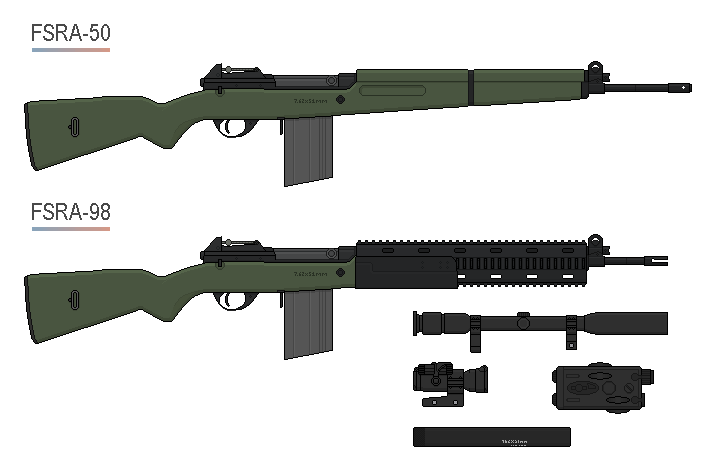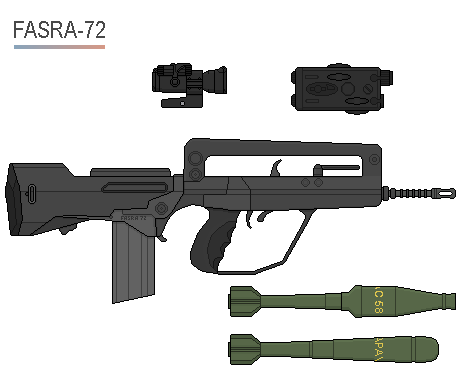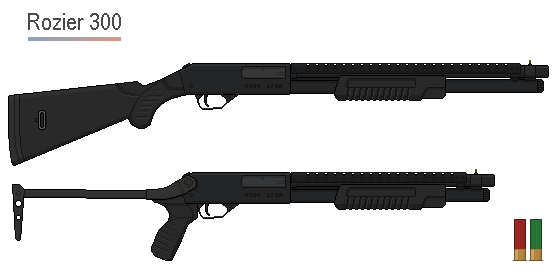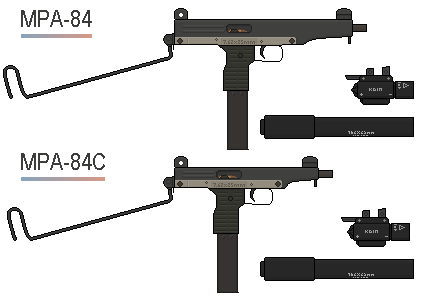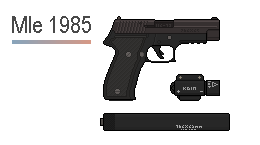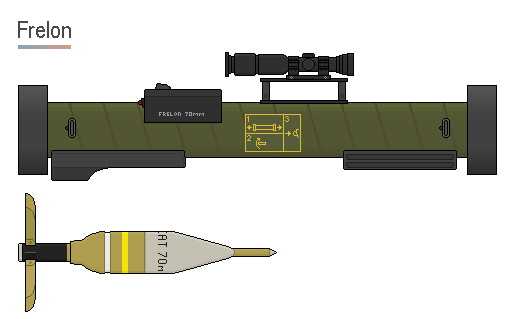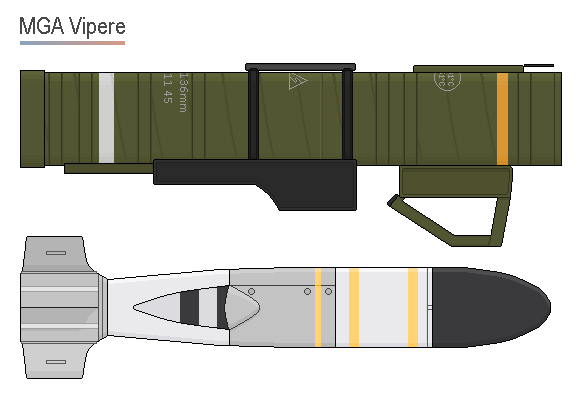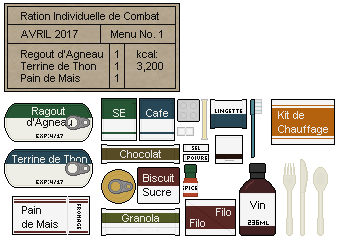
200 Rue de Antioche, New Constantine, Kingdom of Korva
For centuries the phrase Korvan made has signified diligence and reliability. It is no accident that the Korvan name serves as an indelible mark of quality: From the 12th century until today, Korvan craftsmen, engineers, and technicians have manufactured only the finest wares. This time honored tradition has persevered through the ages and now manifests itself in the unparalleled service offered by the Korvan Groupe de Industries Militaires (KGIM).
KGIM is a Korvan government-owned defense corporation, with solutions for the full spectrum of defense needs. Originally composed of two separate enterprises, the Societe Royale des Constructeurs et Artisans and the Groupe Rozier, KGIM was formed by a 1962 act of Parliament which nationalized the defense industry. For over half a century, KGIM has lent its expertise in both vehicle design and fabrication to the Korvan government as well as her allies abroad. Nations as distant as the Republic of Padnak and the Kingdom of Bjornoerne have turned to KGIM to meet their unique requirements. Throughout dozens of design contests, procurement processes, and manufacturing demands, KGIM has upheld the standard of workmanship that has carried the Korvan people through the ages.
Our faith in the quality of our work is such that KGIM-certified contractors will repair all non-incidental damage to vehicles free of charge for the first decade after purchase. Furthermore, Korvan law requires that spare automotive parts be available for twenty years past the time at which a specific model leaves the production line. There is no exception for military vehicles, meaning that there is never any danger that a customer will have to scrap existing vehicles in order to source repair parts.






